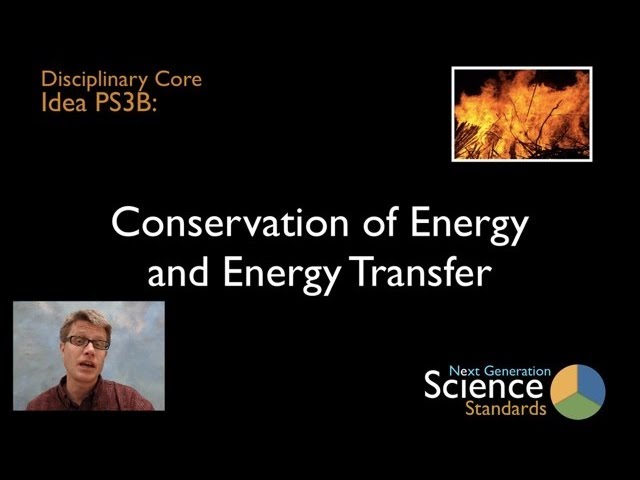ETS1.A: Defining Engineering Problems
In this video Paul Andersen explains the first step in the design process, defining and delimiting the engineering problem. Design requires a clear definition of the problem and this is done by addressing both the constraints and criteria of each solution. This will become increasingly important as future problems require complex solutions. A K-12 teaching progression is also included.
PS3.D: Energy in Chemical Processes and Everyday Life
In this video Paul Andersen explains how energy is used in chemical processes and everyday life. Students should understand that energy is neither created or destroyed but is converted. Most of the energy is delivered to our planet from the sun and is harvested through the process of photosynthesis. A K-12 teaching progression is also included.
PS3.B: Conservation of Energy and Energy Transfer
Paul Andersen explains how energy is conserved within a system. In both macroscopic and microscopic collisions the amount of energy before the collision is equal to the amount after. He then defines heat as energy transfer between objects with different temperatures. He explains how heat is transferred via conduction, convection and radiation. A teaching progression K-12 is also included.
SEP6: Constructing Explanations and Designing Solutions
Paul Andersen explains how scientists modify theories by constructing explanations. He also discusses the cycle of design used by engineers to solve problems. He starts by defining a theory as a well-established explanation of a phenomenon that is refined over time. Examples discussed in the video include the big bang theory, the germ theory and the theory of natural selection. He also lays out a progression for building this skill in students.




